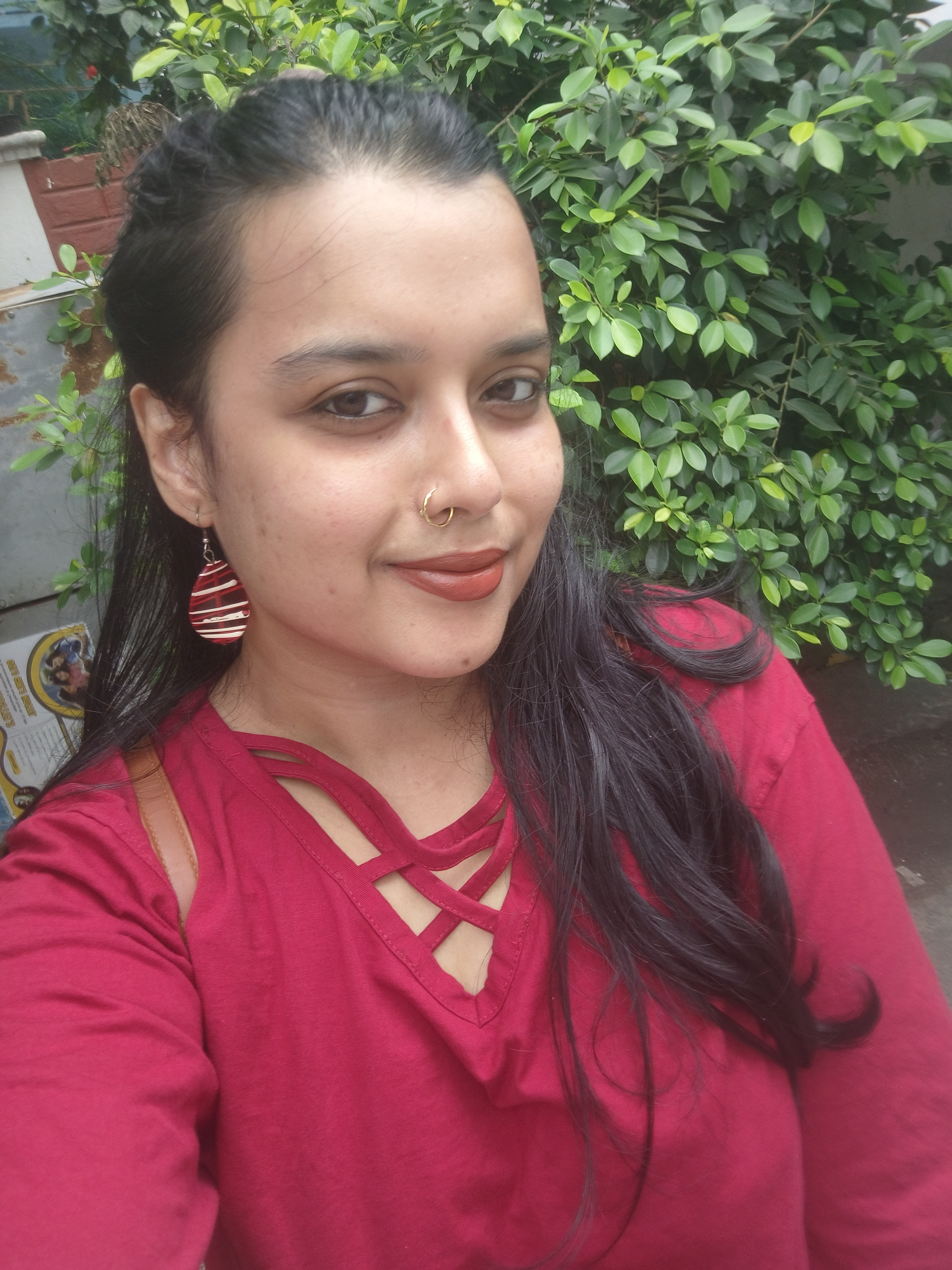We are derived...!Embracing Diversity: Beyond Skin Color and Body Types
- Riya Joseph Kaithavanathara

- Mar 21, 2024
- 3 min read
We are a derivative of our genetic, regional and other environmental factors over thousands of years. As children, by the time we are in our mother's womb people start the guessing game of our gender and looks ; finally when they see us for the first time, there are multiple responses, mostly not the ones that are appreciating the beauty of a new life or the process of bringing a new life. In India people are more happy when the child is more "healthy and fair" than "healthy and dark skinned". Most people prefer a fair complexion as a point of beauty or selling point, I have seen matrimony ads where irrespective of the guy's complexion they demand for a fair girl or a tall girl or a petite girl. Growing up children go through bullying not just from their schools, from their own classmates but also their relatives , teachers and neighbours. Some children don't get selected to become an angel in the nativity play of the christmas celebration whereas some doesn't get selected to the fashion show, some are not encouraged because of their voice to skin, and some are not considered in sports because of their body-shape or height, all of them go through shaming, rather all of US go through shaming , but our little minds wonder WHY? we ask ourselves are we really not fit to be here, do we not belong? Our confidence gets affected, from a younger age through the way people see us and interact with us, our character is also decided by this factor we either turn introverts, or depressed or sad based on what we go through. Self doubt is something nobody should live with.
Genetically humans have been evolved to carry certain physical factors from our parents, over the generations mutation happens,, genetic drift and natural selection we become a derivative of our ancestors through our parents. When we come to environmental factors, skin colour is influenced by the melanin pigment in the skin; which determines our colour. Those of us who are living near the equator are exposed to more sunlight ; when we go farther away from the equator we see lighter skin tone. Now, body types, which is also derived from our environmental and climatic factors such as a population from hotter areas tend to have more surface areas to help with heat dissipation where as a population from colder regions is more likely to have minimum surface area to retain body heat.We should also factor in our culture and diet which can be indirect causes of how we look.like. Our physical development is determined by the nutritional level and our lifestyle choices. Due to migration populations have adapted to a different environment, to new conditions of living and as a reason of intermixing within people from different regions over centuries there happened a blend in our genetic characteristics causing to a huge diversity as of today.We don't choose our skin, or body just like we don't choose our gender or the economical statuses we are born into, its not our choice and hence, we dont have to feel self conscious or bad. Every race, every people, every culture, every genetic code represents how far humans have travelled, and how we have evolved; that's quite a history and a biological victory, we all belong, the world is big enough for us.
To challenge these entrenched norms, it is essential to foster environments where diversity is not just acknowledged but celebrated. Education plays a crucial role in this transformation, exposing individuals to a broader spectrum of beauty and success stories that defy conventional standards. Media representation also has significant power in shaping perceptions, offering opportunities to normalize a wider range of physical appearances and stories of achievement irrespective of one's looks.Moreover, personal introspection and dialogue can contribute to shifting attitudes. By questioning our biases and engaging in open conversations about the impacts of our preferences, we can begin to dismantle the structures that uphold these divisive standards.
Our world is a mosaic of human experiences, each colored by a unique blend of genetic and environmental factors. Recognizing and valuing this diversity is not just an act of acceptance but a celebration of human resilience and adaptability. By embracing the full spectrum of human beauty and capability, we not only enrich our societies but also support the well-being and potential of every individual. Let us strive for a world where every child grows up knowing they belong, appreciated not for the color of their skin or the shape of their body, but for the unique person they are and the contributions they can make to our shared humanity.














Comments